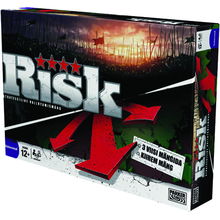来源:小编 更新:2024-11-26 06:19:30
用手机看
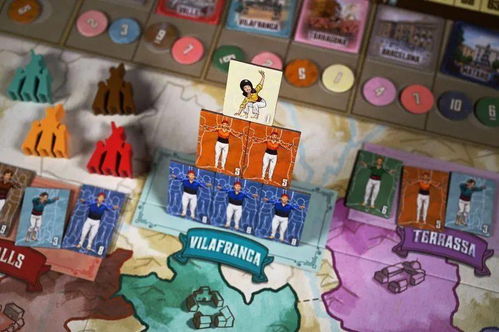
Manila, a classic board game designed by Reiner Knizia, has captivated players around the world with its strategic depth and engaging gameplay. This article will provide an overview of the game, its rules, and why it has become a favorite among board game enthusiasts.
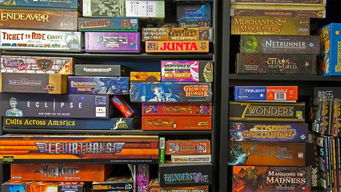
Manila is a game for 2 to 4 players, where each player assumes the role of a merchant in the bustling city of Manila. The objective is to collect resources, trade goods, and build a profitable business empire. The game is played over a series of rounds, with each round consisting of several phases that allow players to take actions and score points.
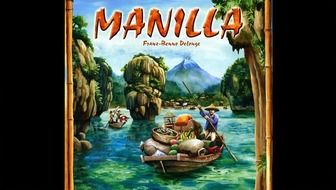
Manila comes with a variety of components that contribute to the immersive experience:
Board: The game board features a grid of islands, each with different resource types and buildings.
Resource Tokens: These tokens represent the various resources players can collect, such as rice, sugar, and spices.
Building Cards: Players use these cards to build factories, warehouses, and other structures that help them manage their resources and trade goods.
Trade Goods Tokens: These tokens represent the goods that can be traded for points at the end of the game.
Player Tokens: Each player has a set of tokens that they use to mark their progress on the board and to collect resources.
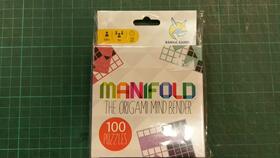
Manila's gameplay is divided into several phases, each with its own set of actions:
Resource Collection Phase: Players collect resources from the islands based on their player tokens' positions.
Building Phase: Players can build new structures on their islands to improve their resource management and trade capabilities.
Trade Phase: Players can trade their resources for trade goods tokens, which can be exchanged for points at the end of the game.
End of Round Phase: At the end of each round, players score points based on their trade goods tokens and any other bonuses they have accumulated.
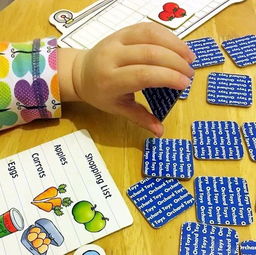
One of the reasons Manila is so popular is its strategic depth. Players must carefully manage their resources, plan their building strategy, and anticipate their opponents' moves. Here are some key strategic elements:
Resource Allocation: Players must decide which resources to collect and how to balance their needs with the potential for future trade.
Building Placement: The placement of buildings is crucial, as it can provide additional resources or trade opportunities.
Trade Strategy: Players must decide when to trade resources for trade goods tokens and how to maximize their points at the end of the game.
Opponent Anticipation: Understanding your opponents' strategies and anticipating their moves can give you a significant advantage.
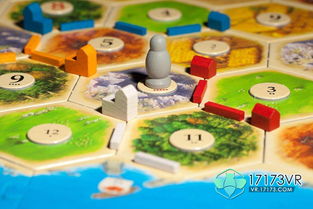
Manila is a board game that offers a rich and engaging experience for players of all skill levels. With its strategic depth, immersive gameplay, and variety of components, it has earned its place as a classic in the board game community. Whether you're a seasoned gamer or new to the hobby, Manila is a game that promises to provide hours of entertainment and challenge.
